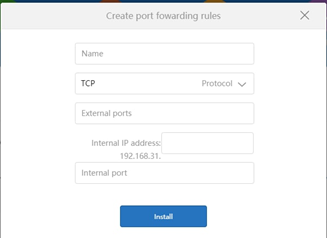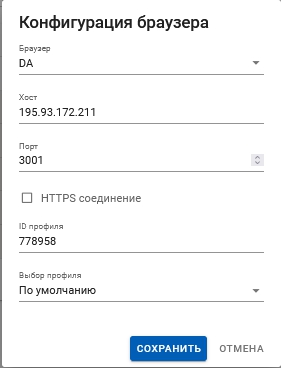To connect to the Dolphin Anty API, you need to perform a few manipulations on your router and computer. Namely, forward the port on the router and open the port on the computer. Let's go in order.
- Port forwarding on Router (if you have air force, then go to step 2)
The simplest thing is to look at your router model and in the search engine find a complete instruction "how to forward ports in your router model". We need to forward 3001 port. This port is used to work with the Dolphin Anty API
- We go into the router (usually http://ип router address , login pass by default admin admin
- Looking for the Forwarding menu , there we click to add a rule (Add rule)

- We indicate any name, TCP protocol, Ports 3001 and indicate the internal address of the computer (it is the internal 192.168.x.x.)
- This completes the router setup..
2. Now we need to open a port on the computer.
1. Go to command line mode (called from the execute menu - with the cmd command)
2. After entering cmd mode, type powershell there
3. Next, enter such a script without changing anything in it:
New-NetFirewallRule -Name Allow3001 -DisplayName ‘Allow 3001’ -Enabled True -Direction Inbound -Protocol TCP -Action Allow -Profile ANY -LocalPort 3001 -RemoteAddress 157.230.22.188
A similar inscription should appear:

This completes the port forwarding configuration..
IMPORTANT! You must have a permanent un address. You may need to order this option from your ISP.
Configuring the Dolphin Anty API
In each line of the extension, fill in the configuration for a specific profile, where:

Host is your external SP address (it can be viewed on the website 2ip.ru)
Profile ID is the id of Dolphin Anty's profile.
At the moment, users of the Dolphin Anty antidetect can view the profile ID directly.
The easiest way to find out the IDs of the profiles we need – this is to open the profile settings in the antidetect and see the ID of the desired profile there.
After that, your profiles will start and close automatically when you run the script.
Recent Comments